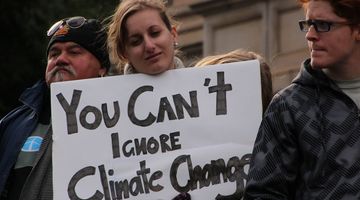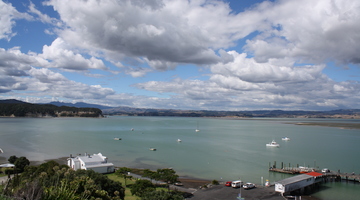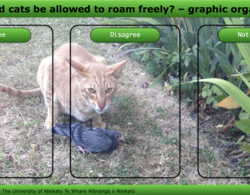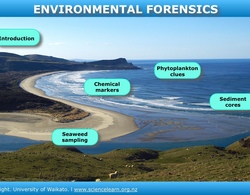

Wicked problems are problems that are incredibly complicated and difficult to solve. In fact, solving one aspect may reveal or create other problems – but that doesn’t mean we mustn’t try! Often ...
READ MORE

Humans have been manipulating living organisms for thousands of years. Examples of early biotechnologies include domesticating plants and animals and then selectively breeding them for specific ...
READ MORE

Ahi Pepe MothNet is a citizen science project that explores New Zealand’s native moths, their distributions and whether vegetation restoration impacts moth diversity. One aspect of the project is ...
READ MORE

Aotearoa New Zealand has one of the highest cat ownership rates in the world. Nearly 40% of households have at least one cat – for the most part, we’re fond of our cats. Unfortunately, domestic ...
READ MORE

Aotearoa New Zealand has a lot of cats! Forest & Bird reports we have: 1,134,000 companion cats 196,000 stray cats millions of feral cats – there’s no data on feral cat abundance but this is ...
READ MORE

Should cats be allowed to roam freely? It’s an emotive question with lots of underlying factors. For example, are we talking about cherished cats or feral cats – pets or pests? Does this matter ...
READ MORE

This citizen science project wants your assistance to extract information from various climate scientific graphics to help combat misinformation and support scientific communication. Using this ...
READ MORE

Be part of a worldwide movement and use Global Earth Challenge to submit or classify photos to help our planet’s environment and human health. Global Earth Challenge is a citizen science campaign ...
READ MORE

With 75% of New Zealanders living within 10 km of the coast, many students will be familiar with estuaries. In scientific terms, estuaries are the interface between the land and the sea – the ...
READ MORE

Join Andrea Soanes and Angela Schipper as we unpack ideas connected to Te Kāhui o Matariki and Environment Aotearoa 2022 and share resources that can be used as a guiding framework for teaching ...
READ MORE

In this recorded professional learning session Dr Rosemary Hipkins joins us to discuss the concept of enduring competencies – competencies that focus on what students can do with their knowledge ...
READ MORE
This is a collection of personal thoughts on the importance of climate science and becoming a scientist. Jargon alert Ros refers to her “PhD viva”. A viva is an oral exam, it comes from the Latin ...
READ MORE
Moths are euthanised in order to create reference collections. Dr Barbara Anderson from Ahi Pepe MothNet, and Dr Robert Hoare from Manaaki Whenua – Landcare Research explain the value of ...
READ MORE
Victoria Campbell and Tiahuia Kawe-Small from Te Kura Kaupapa Māori o Ōtepoti attribute the success of the Ahi Pepe MothNet project to collaboration and the blending of mātauranga Māori and ...
READ MORE

Use this interactive graphic organiser to explore your personal views about cats being allowed to roam wherever they wish. Place each statement card where you feel it belongs. There are no right ...
READ MORE

Dr Candida Savage explains the clues she collects in estuaries and fiords, to understand how changes in land use affect these environments. Click on the labels to watch the videos for more ...
READ MORE

An interactive that shows how early Māori used different fungi for food and medicine.
READ MORE